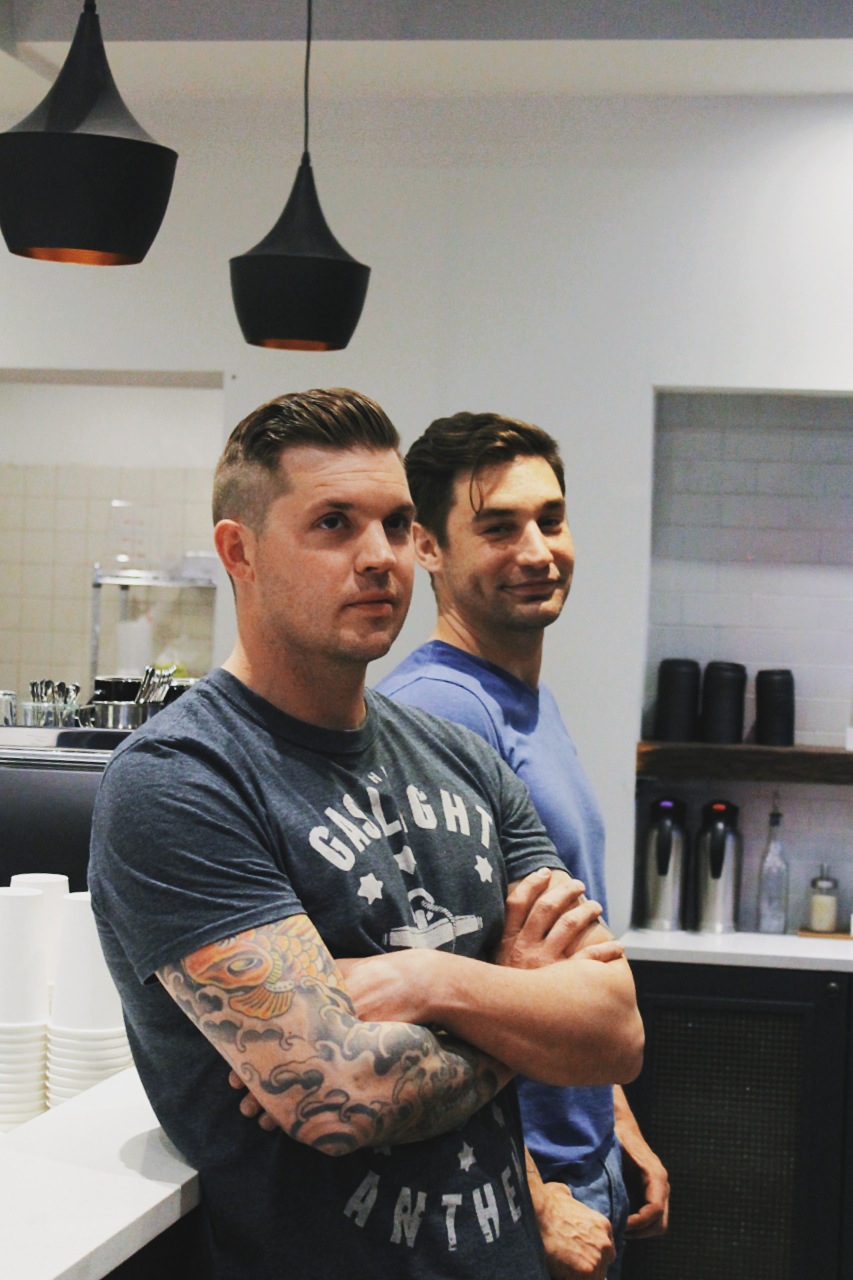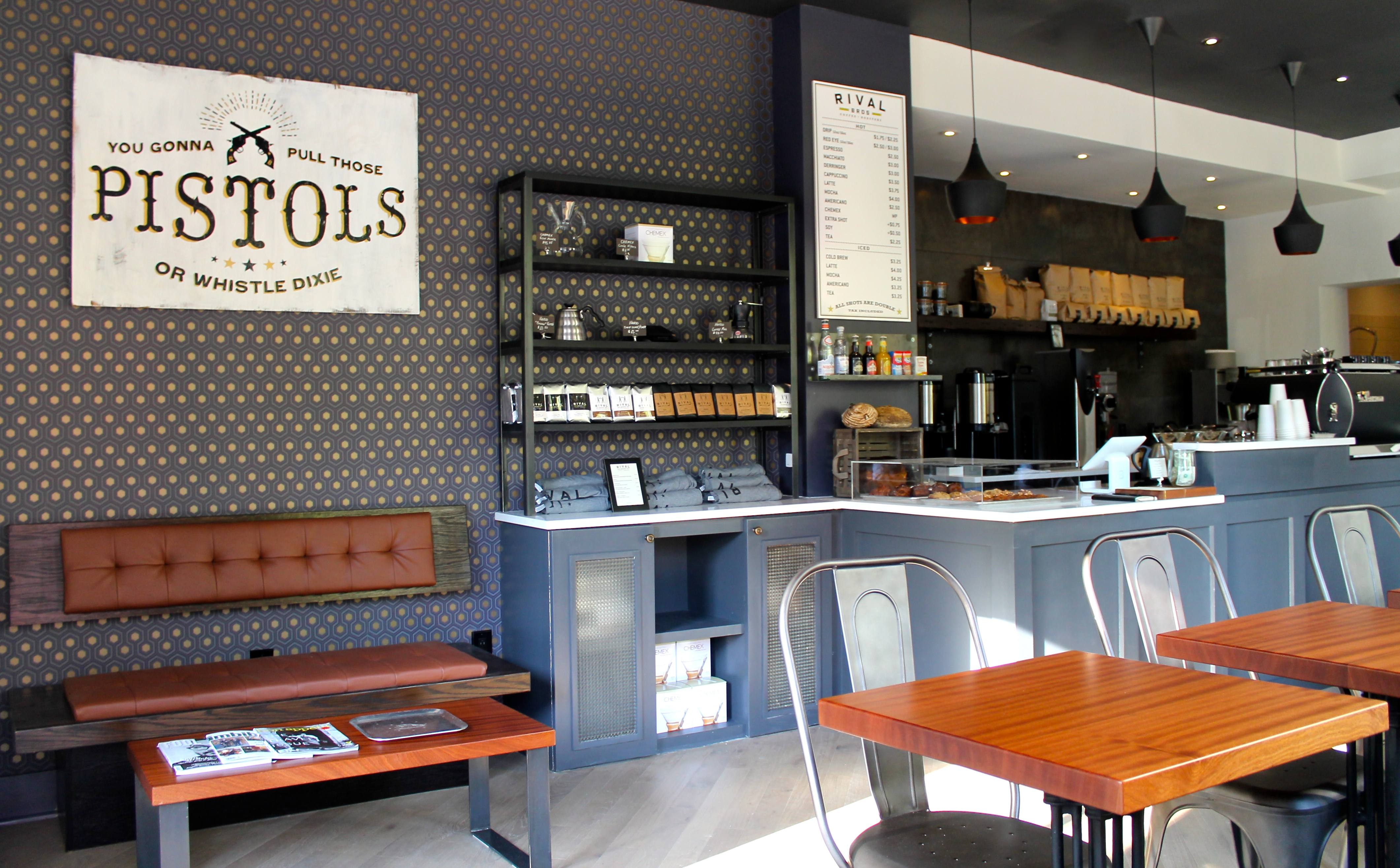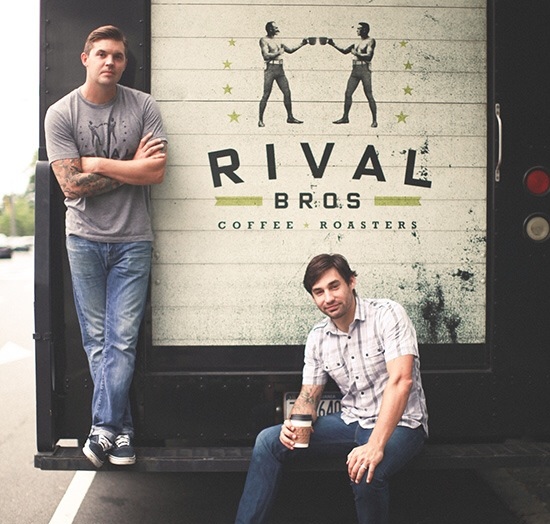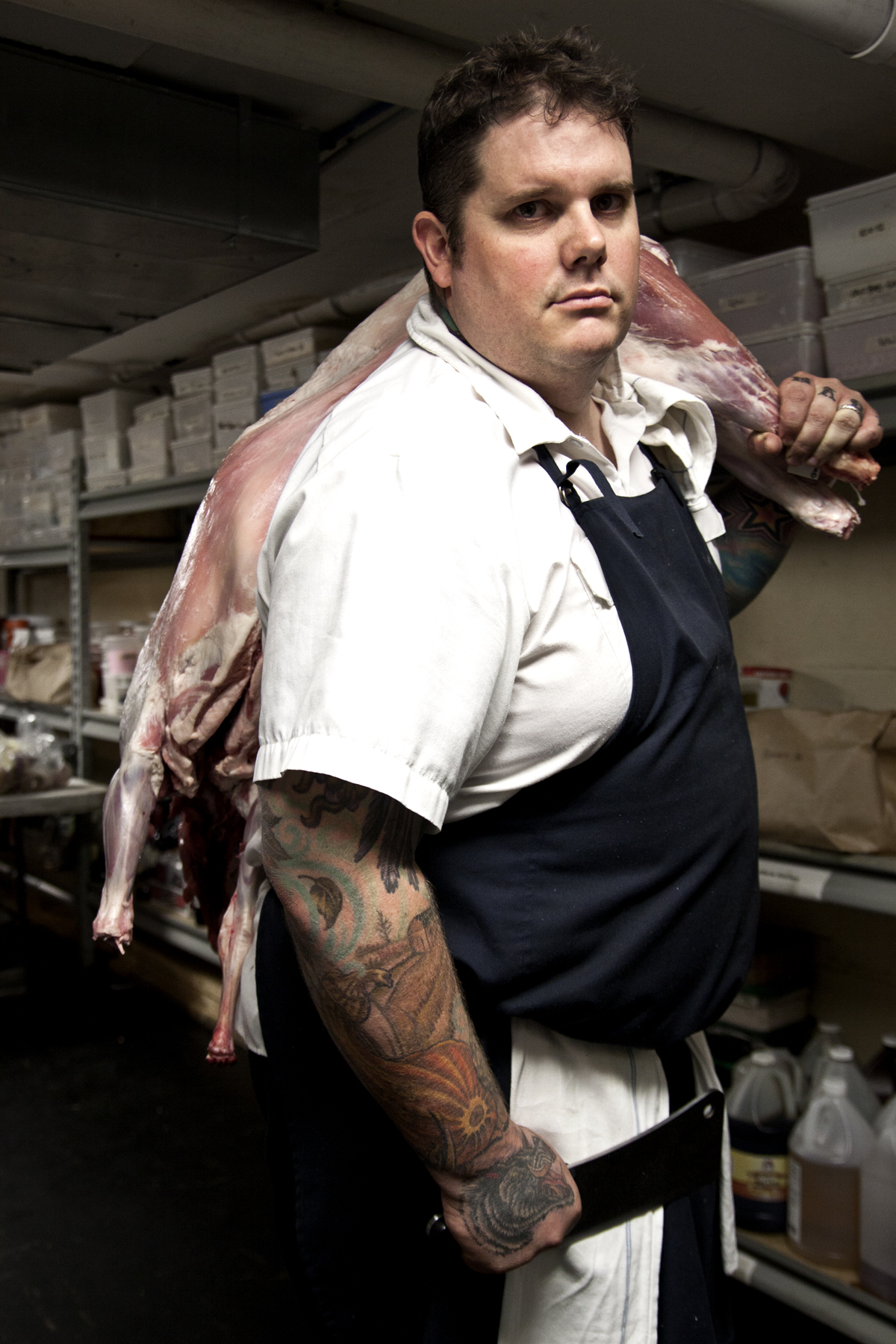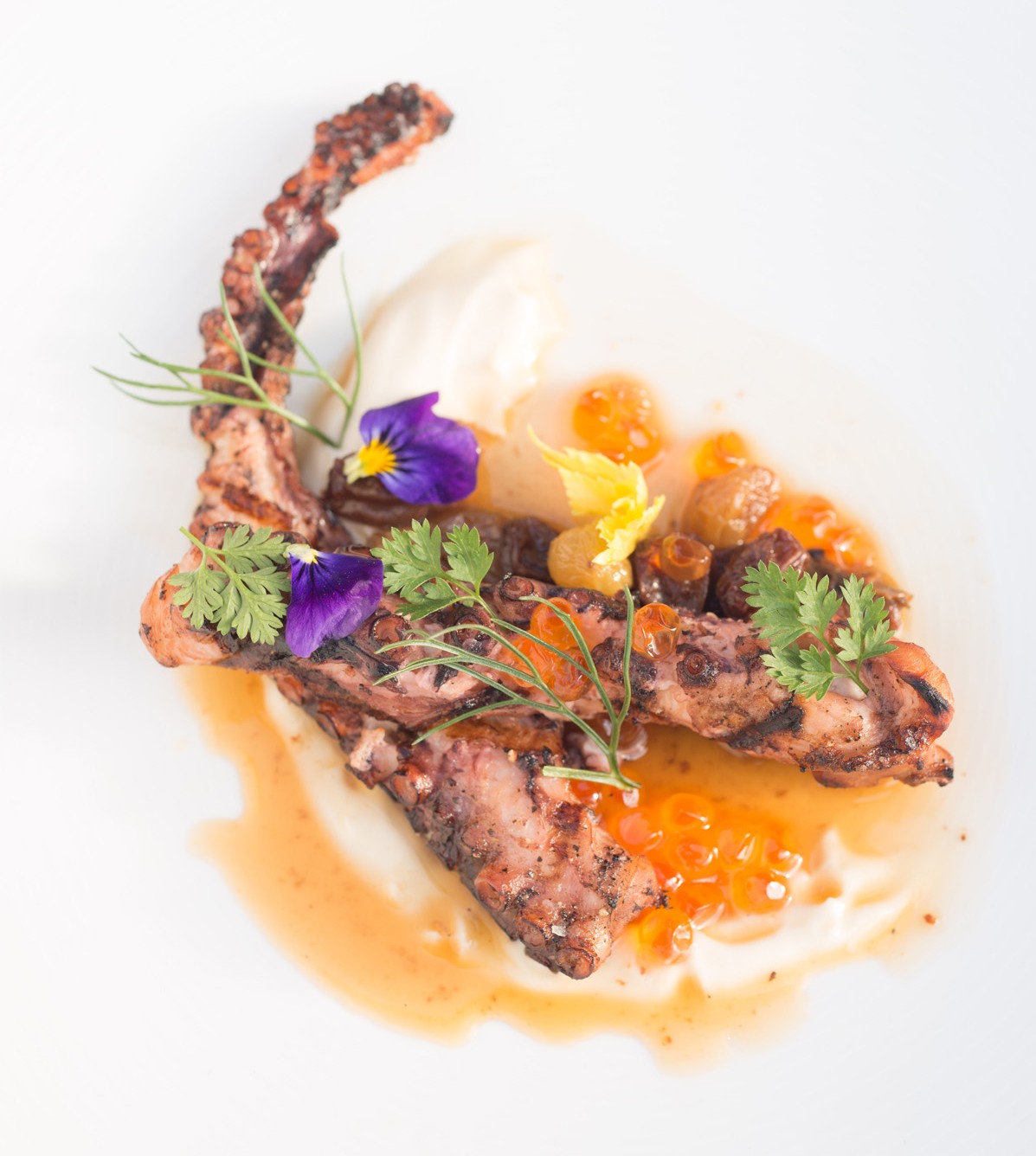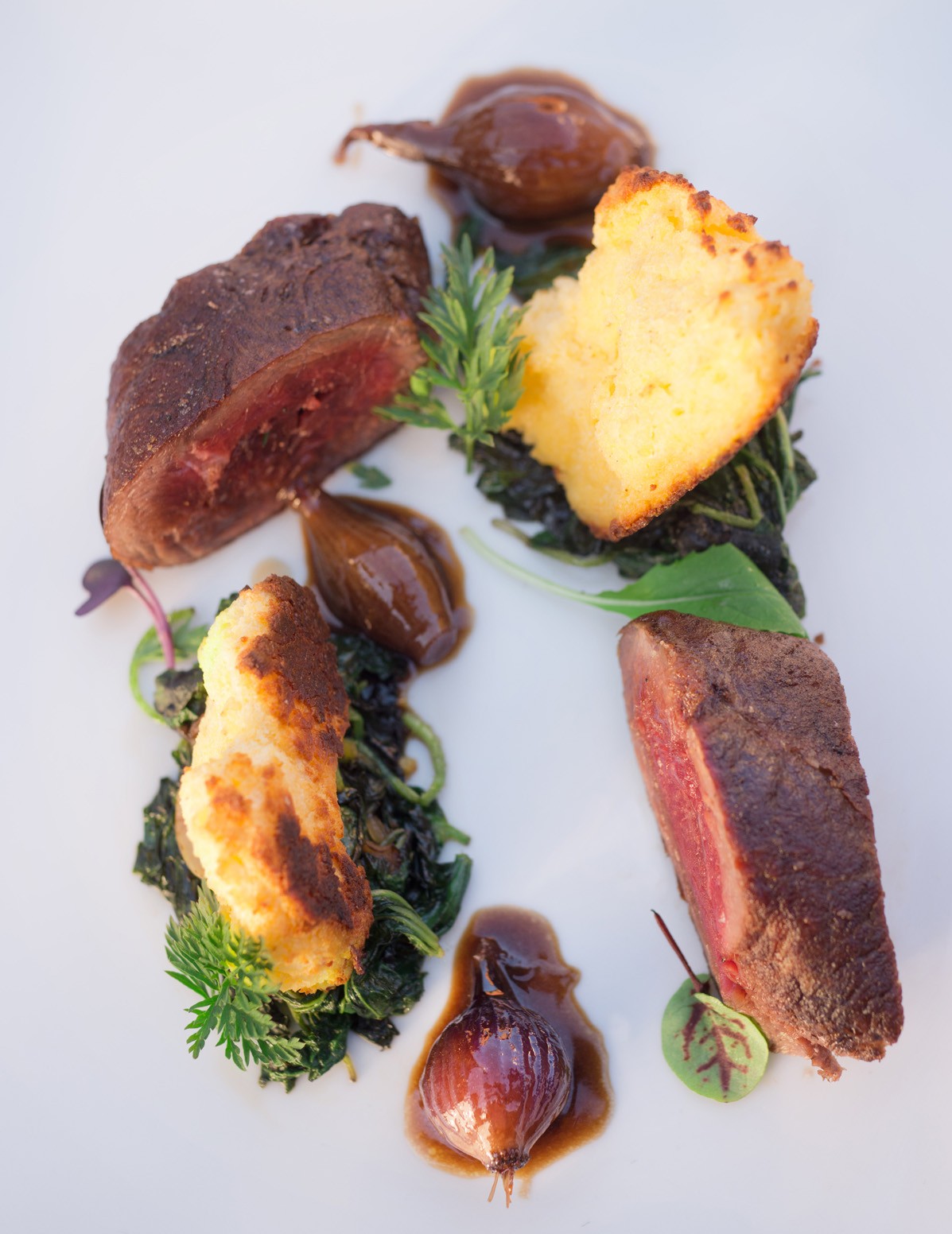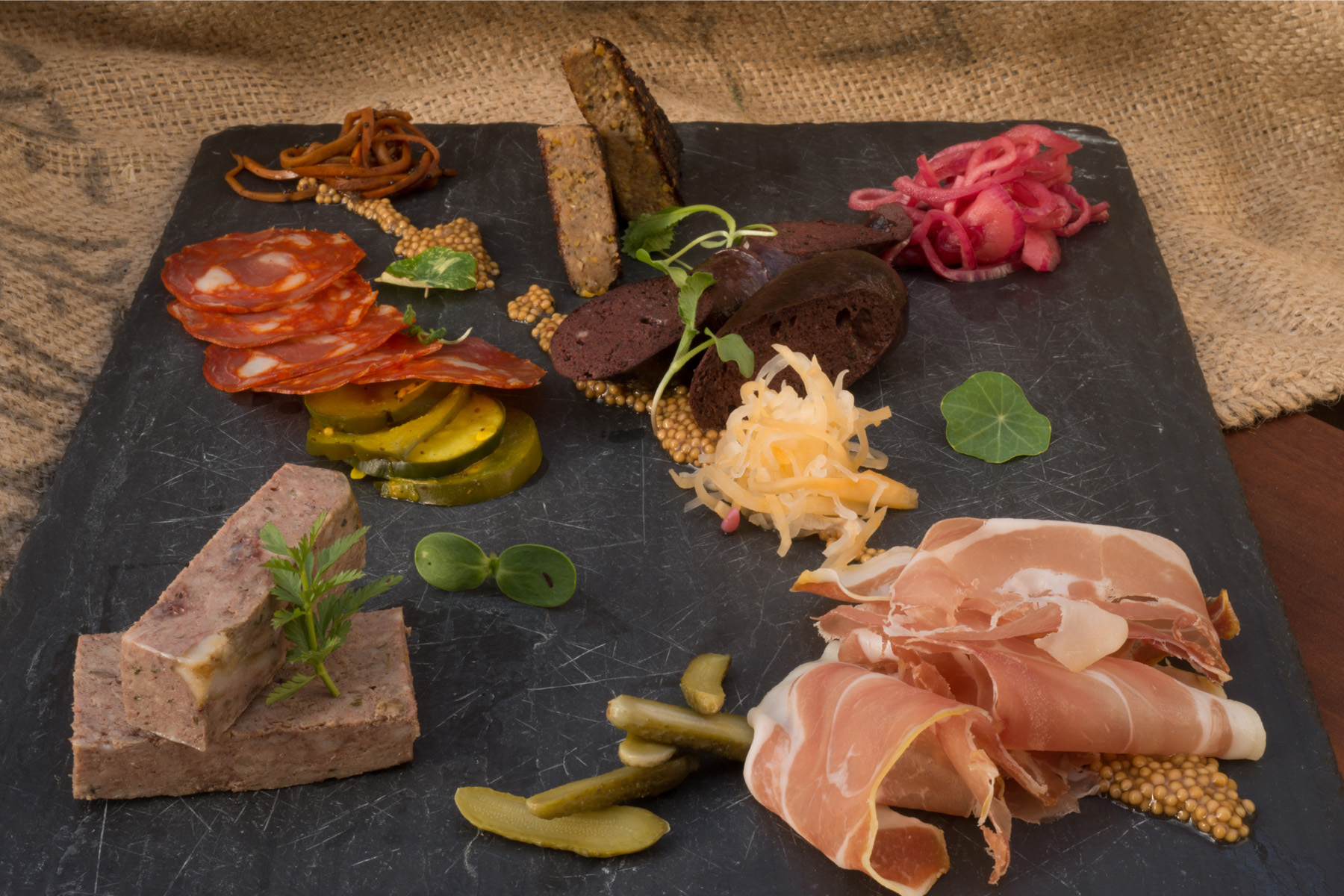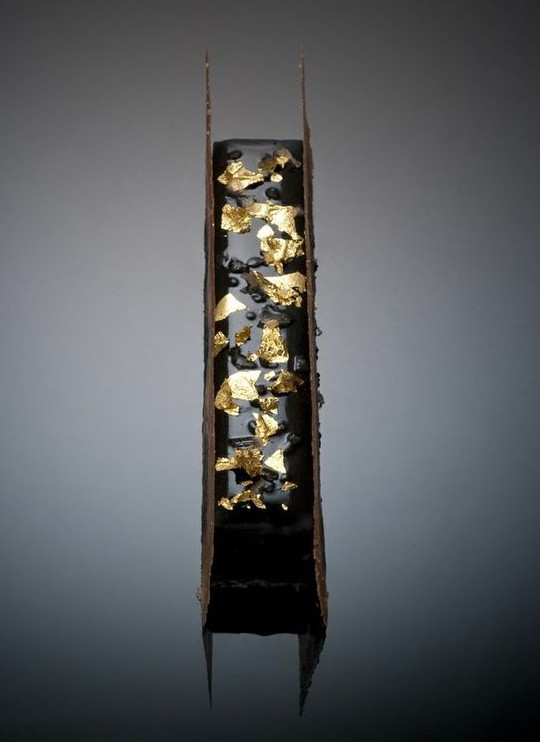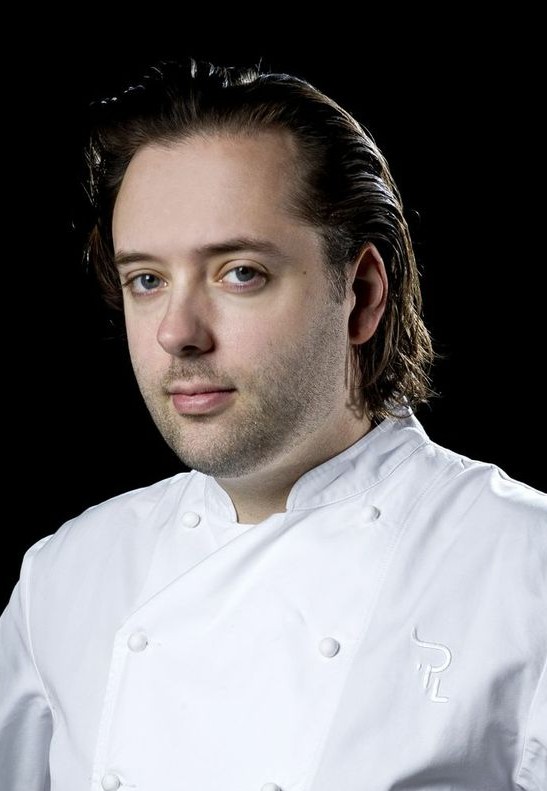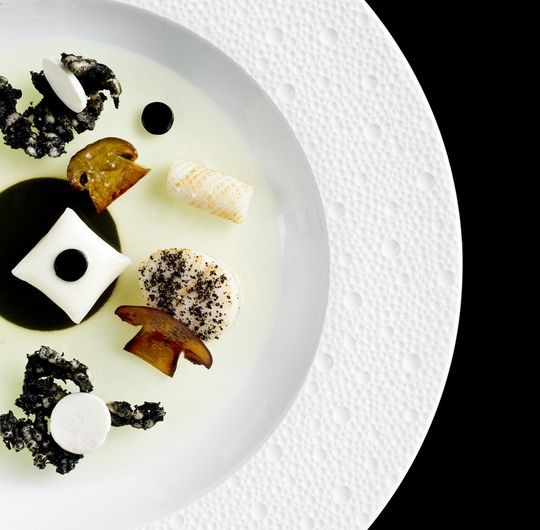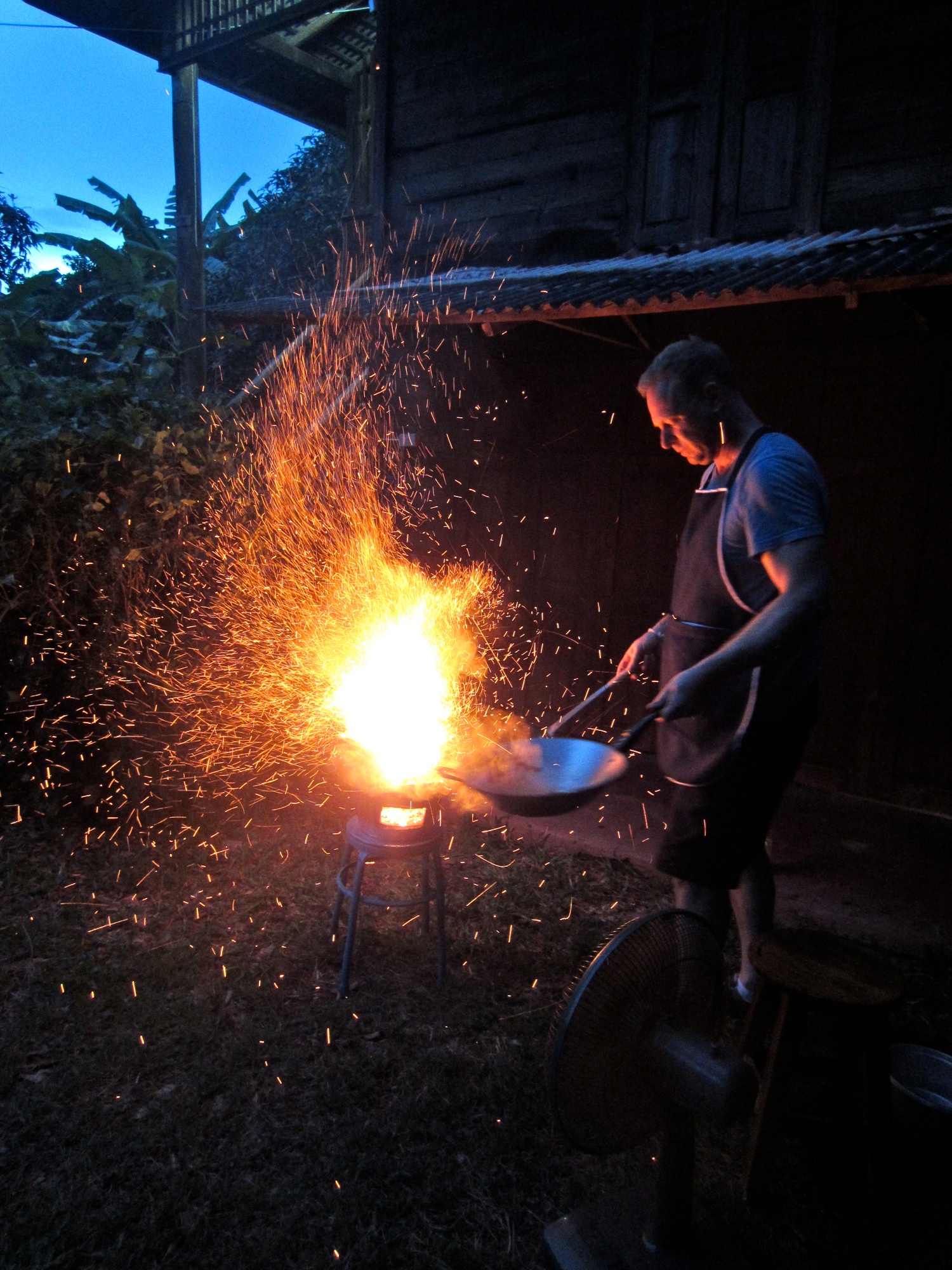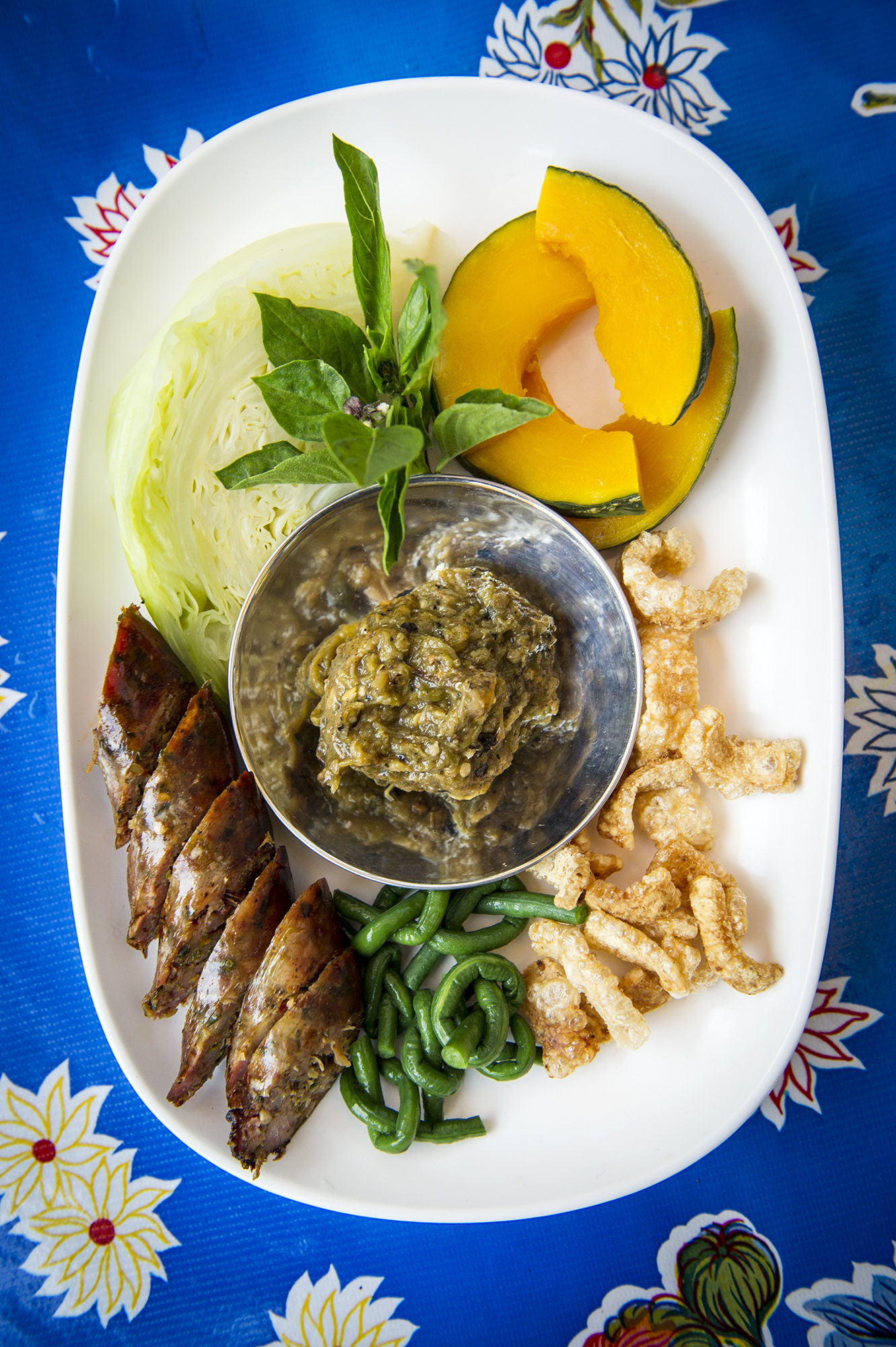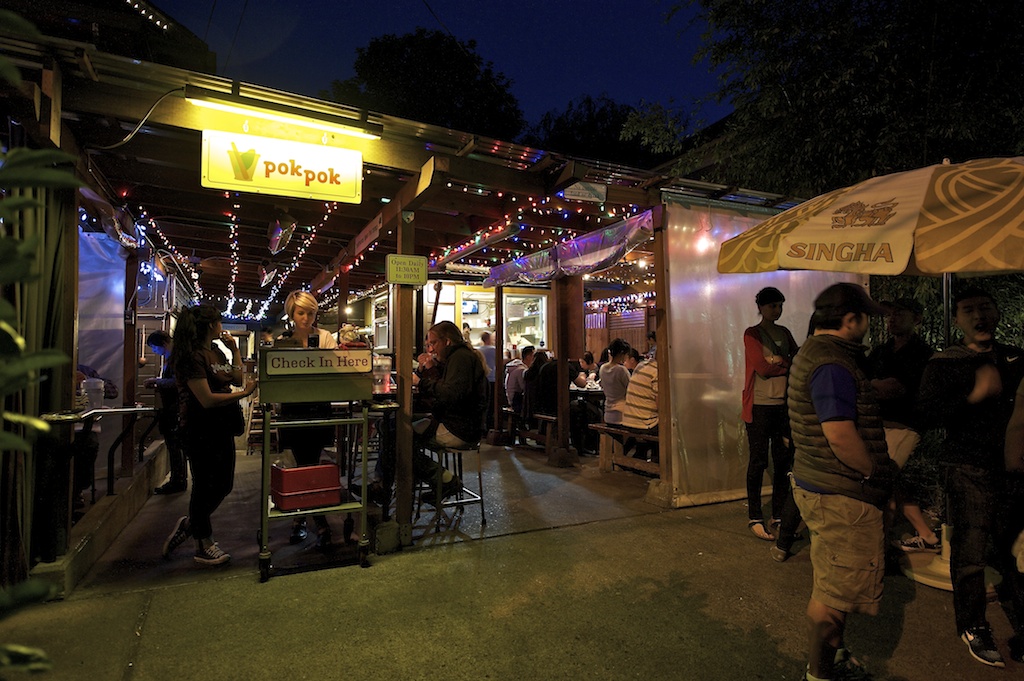Tell us a little about your culinary background and how you got into professional cooking?
I started in the coffee business in 1997 at Starbucks as a part time barista. Despite its rapid assimilation into a large commercial entity, Starbucks exposed me to specialty coffee and opened my eyes to this growing segment. I stayed with the company for 3 years before moving into restaurant life. Coffee would remain a focus and a passion.
My first cooking job was preparing staff meal for Fritz Blank and his team at Deux Cheminees in Philadelphia. I had been waiting tables at Davio’s and Brasserie Perrier when I was befriended by local chef Shola Olunloyo of Studiokitchen. He took me to Fritz as an apprentice. It was laborious and confusing. I was trying to make sense of the old school discipline but I wasn’t totally sold on it yet. I plugged away for 6 months before moving into the garde manger section at Brasserie Perrier.
I didn’t realize what a special time the early 00’s were in American culinaria. Fusion cooking was full tilt and established, pharmaceutical companies had royal expense accounts, chefs were becoming rock stars. Brasserie Perrier was my university. Under Chris Scarduzio, I learned the foundations of French cuisine alongside sensible Italian and rogue Asian cooking. It was a constant state of anxiety: pushing, learning, rising up, fighting, burning. Cooks got fired all the time. Chef knew what and who he wanted on the line, and he wasn’t afraid to get it done his way. It was an amazing experience, and I am forever grateful for all of those I worked with there with, but I was still searching.
I moved on to Salt with Chef Vernon Morales. He had worked for Martin Berastegui and Ferran Adria and I was fascinated with that type of cooking. I was still earning my stripes at being a reliable cook, and Vernon awoke another side to cooking that I needed to learn: the scientific method. Ask questions. Understand the purpose. Anticipate the result. He was technique driven but had a wickedly creative mind. I stayed at Salt until it closed in 2004, and went to Marigold Kitchen to regroup with my Salt counterparts.
After 6 months at Marigold Kitchen, I was fortunate enough to be accepted at Mugaritz in San Sebastian, Spain. Mind numbing cuisine. There were plenty of places in the States to go stage, but the challenge and enticement of being overseas was driving me. Chef Andoni Aduriz teaches cooking as it relates to time and sense of place. His flavors are deceiving. Some are simple, some are complicated, yet all of them represent Spain. I’ve never taken so much enjoyment in preparing vegetables, fruits, herbs and flowers. I didn’t spend enough time at Mugaritz to fully understand all of Andoni’s philosophy, but it changed my approach and respect for cooking which prepared me for my next job: Paul Liebrandt’s GILT.
Fran Derby from WD-50 came to Mugaritz during my last 2 weeks. Quite frankly, he talked me into the Gilt job. I wasn’t good enough to cook on THAT level…..NYC. A hotel. A badass chef. But I went for it. After Paul talked me into it as well. Gilt was a beast, but an absolutely gorgeous creation. It lived up to its name. I’ve never seen so many talented cooks under one roof. It was special and remains one of my favorite places of employment.
I returned to Philadelphia to open my own place, Snackbar. It was too early in my career to do this, however, everything happens for a reason and it’s another part of my story. I was full of ideas and anxious to show my hometown what I had gathered. Even Philadelphia Magazine called me “Best New Chef” in 2007. I enjoyed being in charge and had some great moments there, but I left to take on a gastropub down the street called Pub & Kitchen. A European inspired gastropub. We did it all. I had a blast, from fish ‘n’ chips to foie gras. La Frieda burgers to cochon au lait. So many good cooks came through there. Many of them are now running kitchens in Philly. We opened a seasonal shore dining restaurant called The Diving Horse that never got the credit it deserved. It was a gorgeous, airy place where we could really cook whatever we wanted to and take full advantage of the coastal New Jersey bounty.
Despite all of this success, I chose to leave the professional kitchen in January 2013.
After years as a chef, how did Rival Bros Coffee come to be?
Rival Bros was launched in Nov 2011 as a mobile cafe in Philly’s Love Park. We took an old DHL delivery truck and made it into a coffee shop. I was looking for another creative outlet, and my passion for coffee was shared by my best friend, Damien Pileggi. He had been working for La Colombe for the past 7 years and was ready to make a move. We have the same values and core ethics. We always wanted to do something together and we were just waiting for the right time. Damien learned to roast coffee, we raised some cash and pulled the trigger.
Tell us about Rival Bros Co-Founder Damien Pileggi and your relationship with him.
Damien Pileggi is a good ol boy. He was raised right and understands being hospitable. We met in high school but became very close friends during the years after that. We waited tables together, we lived together, we hung out together. Our wives were college roommates, so I have him to thank for that intro!!! Damien cares tremendously about coffee and I am continually learning from him.
What were some of the biggest challenges in getting the Rival Bros name out there and getting the cafe funded and open?
As with any business, startup is difficult. Because of my chef background and Damien’s expertise, we gained a following quickly. We chose to work with a PR company for the first few months because we weren’t interested in advertising, but rather sharing our message and we felt that was the best way to achieve results. Damien and I have always been workers, so we were faced with running the books and keeping a tight ship.
At this time we use a number of high end green coffee importers. We have great relationships with them, and they have direct relationships with the farms. We only use coffee that comes from an approved, reputable source. We are concerned with clean water, deforestation, fair wages and education in the origin countries. Coffee is so manual and requires a lot of back breaking skill to gather even a small amount of cherries. We are constantly tasting new coffees. We embrace all forms of coffee, but we are partial to natural process coffees; they have such a deep, unique flavor from the fruit.
There’s a lot of discusssion in the coffee world about the best brewing methods. What are your thoughts there?
Coffee has become very competitive and very scientific. I appreciate the steps of analysis and the consideration it requires, but what trumps all of that is flavor. Every coffee wants to be made a different way. It all depends on how you roast it and when it was harvested. I can’t say what the best method for brewing is—- but I can give you our favorite. We will always love espresso.
What’s your essential or favorite tool to use at the cafe?
We would lose focus and consistency without a digital gram scale. It allows us to make sure the machines are calibrated, our dose is on point and ultimately that our coffee tastes right.
That said, I have to mention the surge of joy I get when I see a dense, syrupy shot of espresso in our café. We have a La Marzocco GB/5— it’s well built and easy on the eyes.
What inspires you right now?
I’m inspired by my wife, Melissa. She’s given me three beautiful sons in 6 years. Raising three kids, caring for two dogs and keeping an eye on me is no easy task. She’s my source of encouragement and my gut check. She doesn’t get awards, but she should.
Any suggestions for restaurants or cafes we should check out in Philly?
There’s a lot of great coffee shops in Philly right now— Elixr, Bodhi, Ox, ReAnimator, Ultimo, Shot Tower etc but my current fave is Menagerie in Old City. They are using great coffee from Dogwood, Ceremony and George Howell. They also have the friendliest staff.
For restaurants, I can’t stop eating at Fitler Dining Room and High Street on Market. Vernick Food + Drink is another ridiculously solid option.


